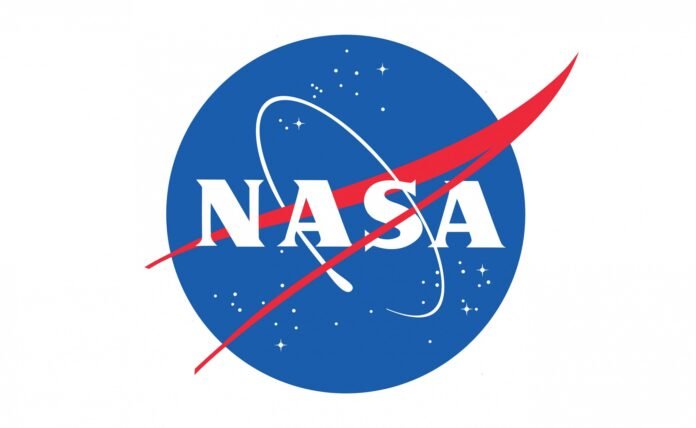NASA engineers are testing a revolutionary ultralight antenna made from aerogel—one of the lightest solid materials on Earth—to improve satellite communications for future aircraft, drones, and air taxis.
A Breakthrough in Aircraft Communication
The aerogel antenna, developed at NASA’s Glenn Research Center in Cleveland, is being designed to embed directly into the skin of aircraft. This innovation not only reduces drag and enhances aerodynamics, but also ensures stronger and more reliable satellite communications—especially critical for unmanned and autonomous flight.
Made from polymer-based aerogels, the antenna consists of 95% air, making it incredibly lightweight yet strong. “By removing the liquid portion of a gel, you’re left with this incredibly porous structure,” said Stephanie Vivod, a NASA chemical engineer. “It’s like making Jell-O—that’s how the process starts.”
Design and Structure: Lightweight, Flexible, Efficient
The antenna’s layered design features a sheet of aerogel sandwiched between a circuit board and copper cell array. It’s capped with an insulating film to complete the active phased array configuration. The result resembles a honeycomb but lies flat across an aircraft’s surface—reducing the bulk seen in conventional blade or spike antennas.
READ MORE: NASA’s Lucy Spacecraft Captures Stunning Images of Asteroid Donaldjohanson
This compact design allows the antenna to:
- Conform to an aircraft’s surface
- Decrease drag
- Reduce visual intrusion
- Steer its signal electronically to avoid interference
Testing in the Skies and on the Ground
In summer 2024, NASA and the U.S. Navy tested a rigid version of the aerogel antenna on a Britten-Norman Defender aircraft. The goal was to verify data quality and communications resiliency while linking with a low Earth orbit (LEO) satellite.
In October 2024, engineers at NASA Glenn, along with Eutelsat America Corp., tested the antenna on the ground. Mounted on a platform, it successfully connected to:
- A geostationary satellite (22,000+ miles from Earth)
- A LEO satellite constellation (about 1,200 miles up)
This demonstrated the antenna’s ability to support vastly different satellite systems using a single design. “We are able to use the same antenna to connect with two very different satellite systems,” said Bryan Schoenholz, a NASA researcher.
Why Satellite Links Matter for Future Flight
Modern air travel already relies heavily on satellites for communication. As airspace grows more crowded with drones and autonomous air taxis, uninterrupted satellite connections will become even more essential. Unlike traditional antennas, the aerogel version’s beam can be electronically steered to maintain a precise, continuous link.
“If an autonomous air taxi or drone flight loses its communications link, we have a very unsafe situation,” Schoenholz emphasized. “We can’t afford a ‘dropped call’ up there.”
Shaping the Future of Air Mobility
This research is part of NASA’s broader Advanced Air Mobility (AAM) mission and Transformative Aeronautics Concepts program. The team, including engineers like Vivod and Schoenholz, is focused on reducing radio frequency interference and ensuring seamless communications for all types of next-gen aircraft—from commercial jets to delivery drones.
The next step? NASA will begin testing a flexible version of the antenna in 2025, continuing to refine the technology for real-world aviation use.
